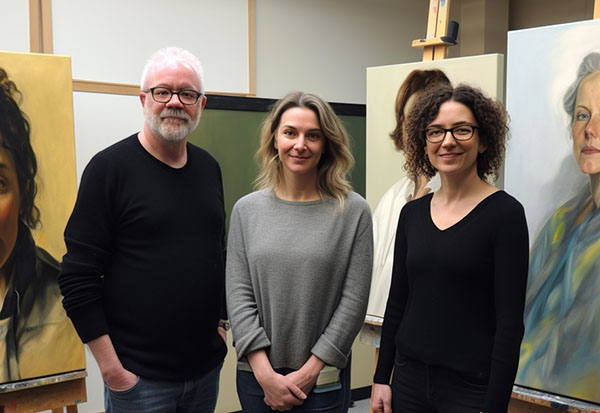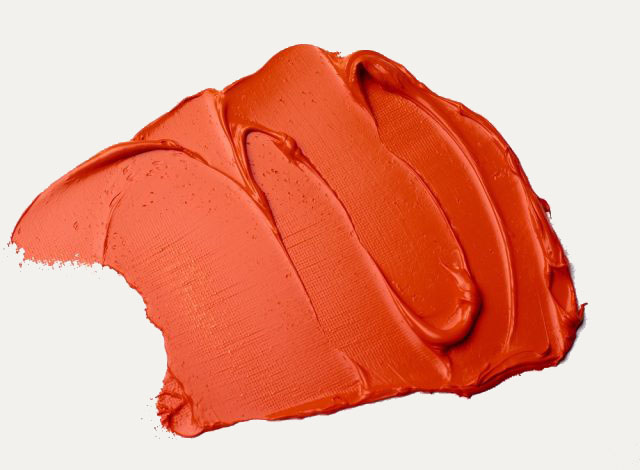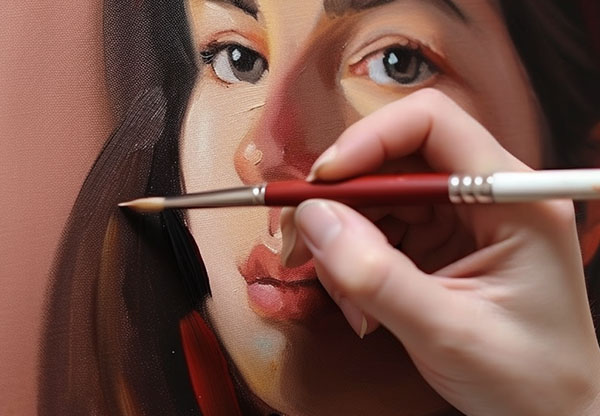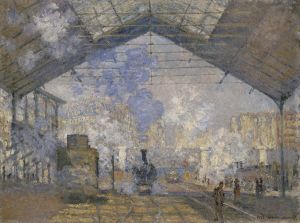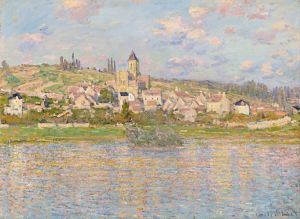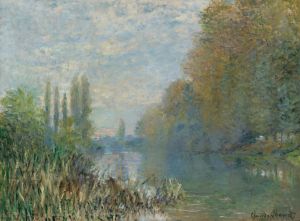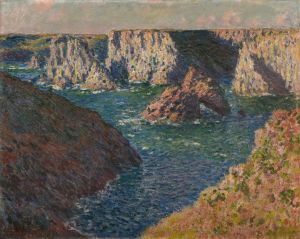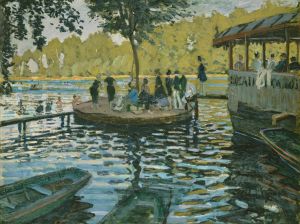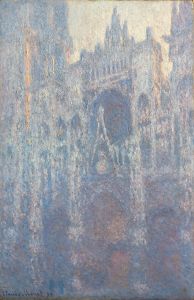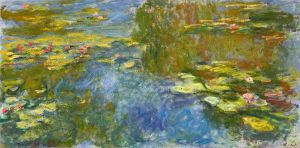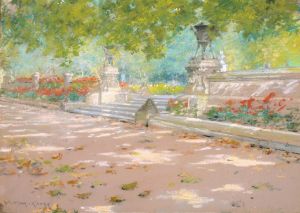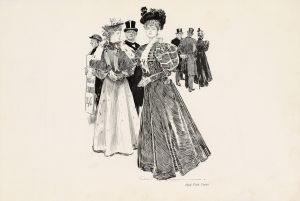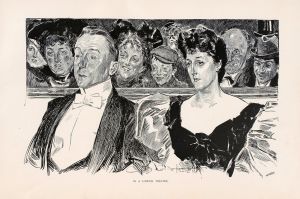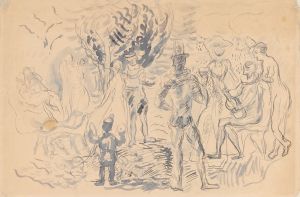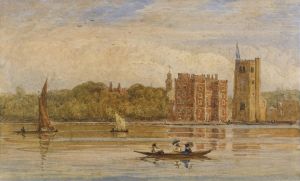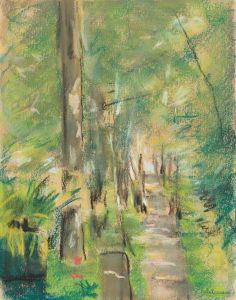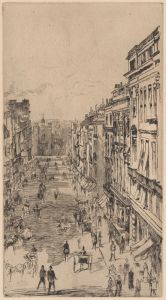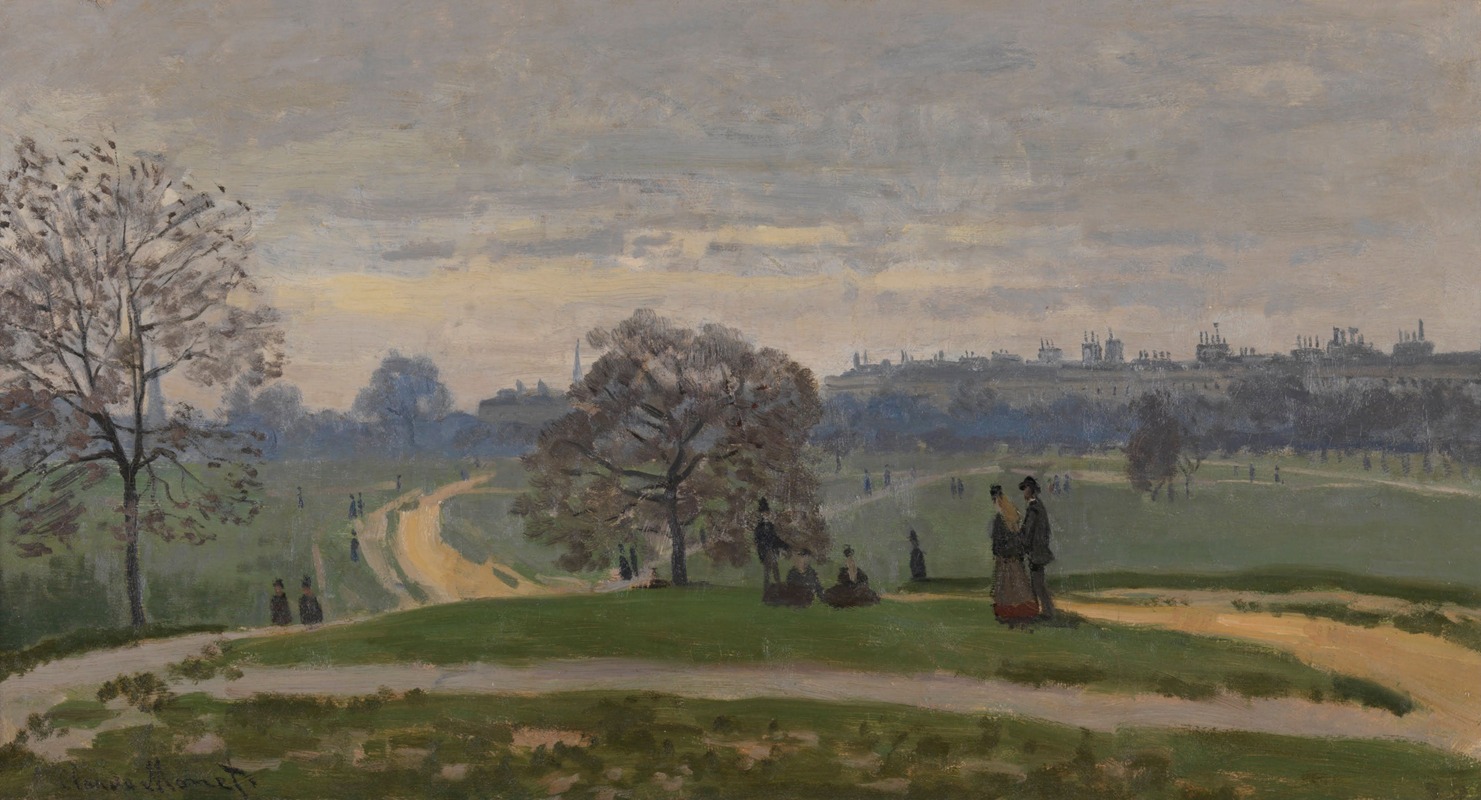
Hyde Park, London
A hand-painted replica of Claude Monet’s masterpiece Hyde Park, London, meticulously crafted by professional artists to capture the true essence of the original. Each piece is created with museum-quality canvas and rare mineral pigments, carefully painted by experienced artists with delicate brushstrokes and rich, layered colors to perfectly recreate the texture of the original artwork. Unlike machine-printed reproductions, this hand-painted version brings the painting to life, infused with the artist’s emotions and skill in every stroke. Whether for personal collection or home decoration, it instantly elevates the artistic atmosphere of any space.
Claude Monet, a leading figure in the Impressionist movement, is renowned for his ability to capture the fleeting effects of light and atmosphere in his paintings. One of his lesser-known works is "Hyde Park, London," which reflects his time spent in London during the Franco-Prussian War. Monet, along with his family, took refuge in London between 1870 and 1871 to escape the conflict in France. During this period, he was greatly influenced by the city's foggy atmosphere and the works of British landscape artists such as J.M.W. Turner.
"Hyde Park, London" is a testament to Monet's fascination with the interplay of light and shadow, a hallmark of his Impressionist style. Although specific details about this painting are scarce, it is known that Monet produced several works depicting London’s parks and the River Thames during his stay. These works are characterized by their vibrant colors and loose brushwork, capturing the essence of the city’s unique light and weather conditions.
Monet's time in London was pivotal in his artistic development. He was particularly drawn to the city's parks, which offered a serene contrast to the urban environment. Hyde Park, one of London's largest and most famous parks, provided Monet with ample inspiration. The park's expansive landscapes, dotted with trees and water bodies, allowed Monet to experiment with different techniques to portray the changing light and atmospheric conditions.
During his stay, Monet also interacted with fellow artists and art dealers, which helped him gain exposure in the British art scene. His friendship with the art dealer Paul Durand-Ruel was particularly significant, as Durand-Ruel later became one of the most important promoters of Impressionist art.
Monet's London paintings, including "Hyde Park, London," are noted for their innovative use of color and light. He often painted the same scene multiple times under different lighting conditions, a practice that became a defining feature of his later work. This approach allowed Monet to explore the transient effects of light and atmosphere, capturing the essence of a moment in time.
While "Hyde Park, London" may not be as widely recognized as some of Monet's other works, it remains an important piece in understanding his artistic journey. It reflects his early experiments with the Impressionist style and his ability to find beauty in everyday scenes. Monet's London period laid the groundwork for his later masterpieces, such as the "Water Lilies" series, where he continued to explore the themes of light and reflection.
In summary, "Hyde Park, London" by Claude Monet is a reflection of the artist's formative years in London, where he honed his Impressionist techniques and developed a lifelong fascination with the effects of light and atmosphere. Although specific details about the painting are limited, it is a valuable piece in Monet's oeuvre, illustrating his early exploration of themes that would define his career.

